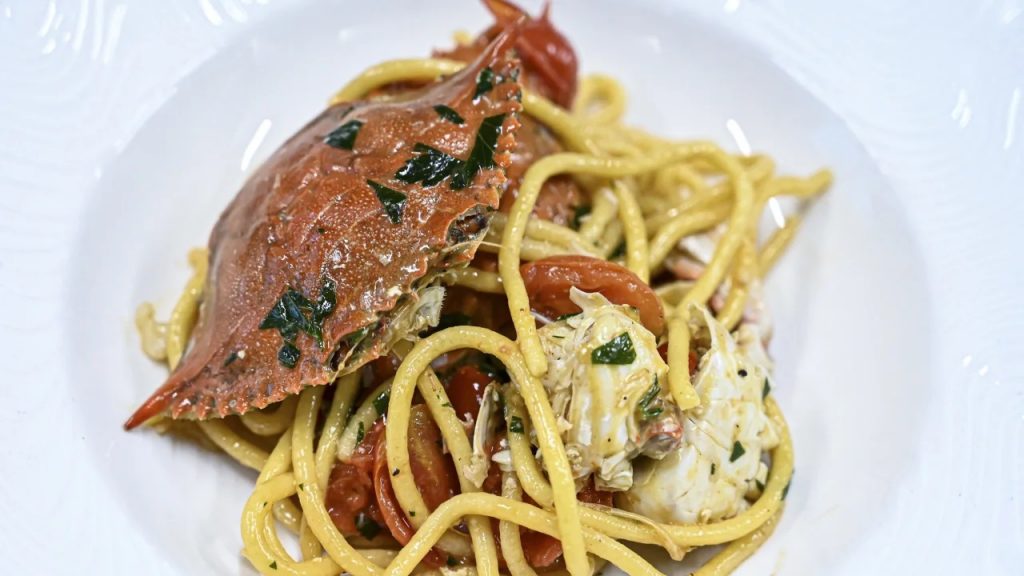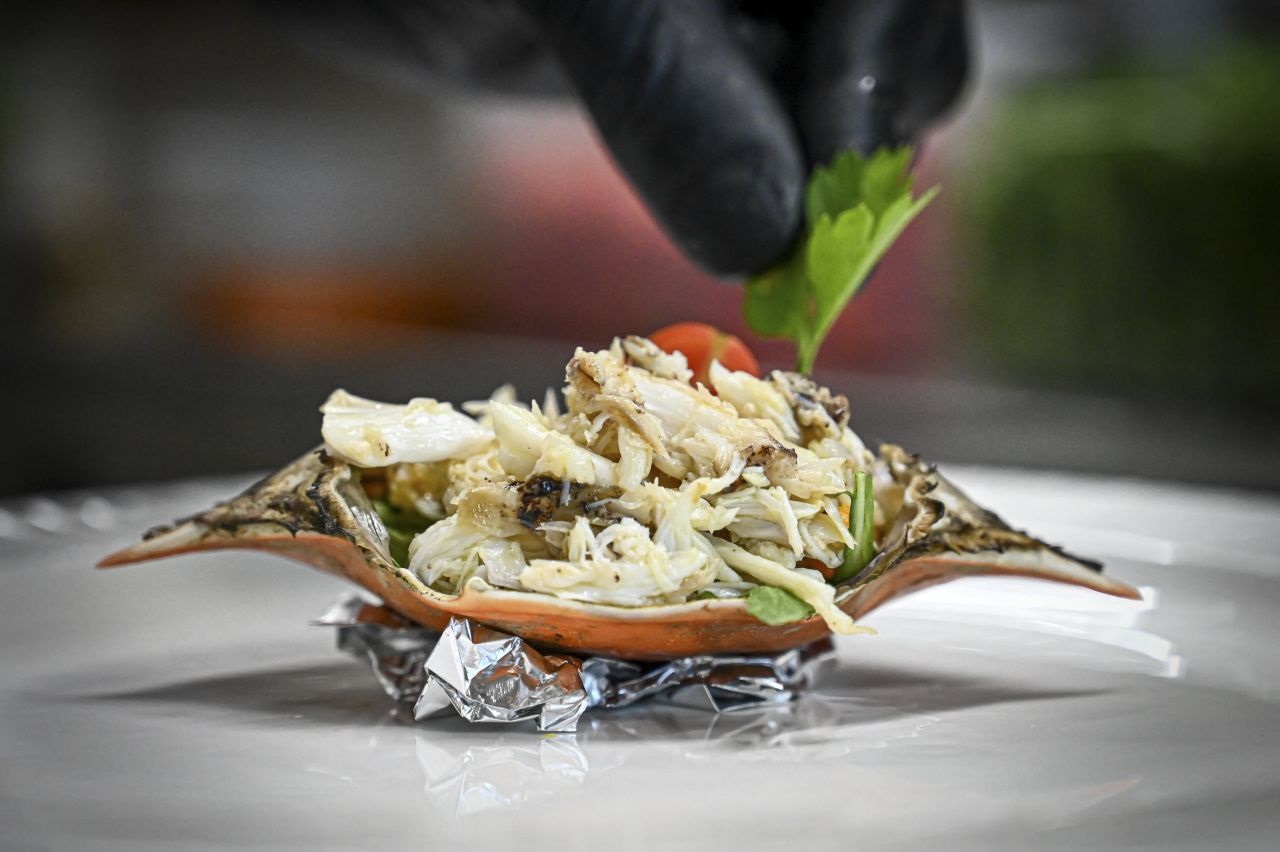RomeCNN — Talk of the “invaders” started in the early spring. Along Italy’s northern Adriatic coast and in Tuscan fish farms workers were pulling up their nets and finding them chewed to threads.
Then they began discovering eels with missing heads and harvested clams and mussels with their meat already devoured.
The culprit, which now threatens millions of euros worth of annual profits in shellfish, is the Atlantic blue crab, first introduced in the bilge water of foreign merchant and cruise ships several years ago.
In just a few years, the foreign critters, which can produce two million eggs a year and hold no natural predators in Italy, have reproduced quickly, wiping out the entire clam and mussel harvest for some fishermen.

Agricultural industry group FedagriPesca estimates that more than half the nation’s clams and mussels were eaten by the blue crab this summer.
Culinary solution
Initially, the government recommended catching and destroying the crabs, which are delicacies in other parts of the world.
And it didn’t take long for some fishermen, their nets laden with the tiny beasts, to monetize the mayhem.
Now Italians are turning the killer crustaceans into a culinary delicacy, introducing them into risotto, pasta dishes and even salads.
Italian farmers’ group Coldiretti suggests serving the blue crab with rosemary in a salad, or with sauteed garlic over spaghetti.
“These are some of the dishes recommended by chefs, fishermen and farmers of [Coldiretti] to fight the invasion of the sea killer, which is devastating the national coasts with damage into the millions of euros,” the group said in a statement in support of harvesting and selling the invasive crabs.

“The goal is to help contain the excessive diffusion of the crab, which is taking over the seabed of our coasts, identifying economic opportunities for the hard-hit territories.”
Marine biologists say warmer seawater and above average temperatures mean that the crabs are thriving – and taking over.
They’ve already been found all along Italy’s vast coastline and even in the Po Delta, a UNESCO heritage site known for its vongole veraci clam variety, which has been largely obliterated this summer.
“Usually when the water temperatures drop below 10 C (50 F), this variety of crab doesn’t survive,” Enridca Franchi, a marine biologist and researcher with the University of Siena, says. “But now the crab finds the ideal temperature 12 months of the year.”


